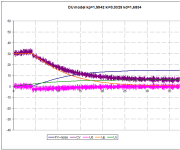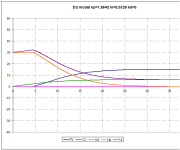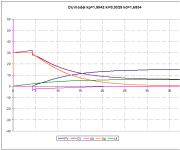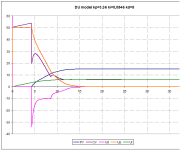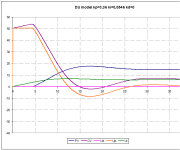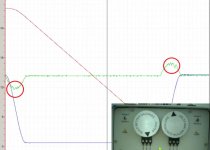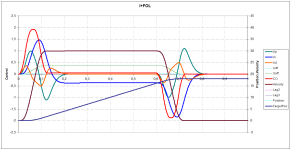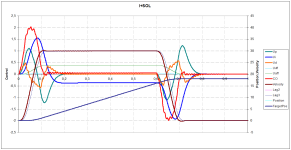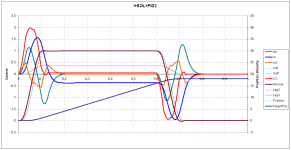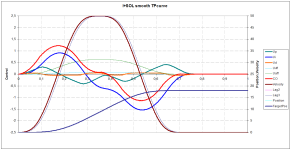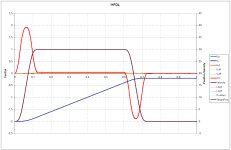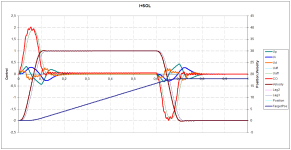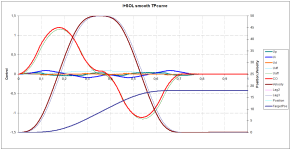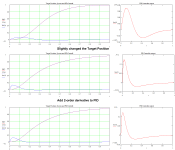drbitboy
Lifetime Supporting Member
P.S. @Peter Nachtwey: I used a Python module a few years ago that takes an XML file as input and generates a schema for it; that comes in useful to validate future inputs. Let me know if you are interested and I will try to figure out what it was.
I don't think you need this, but it also writes Python code suitable for generating XML for that same schema, so you aren't coding the XML strings and structure by hand, but rather constructing an object via simple calls, and that object "knows" how (has a method) to write itself to an XML document. It was pretty slick.
I don't think you need this, but it also writes Python code suitable for generating XML for that same schema, so you aren't coding the XML strings and structure by hand, but rather constructing an object via simple calls, and that object "knows" how (has a method) to write itself to an XML document. It was pretty slick.






